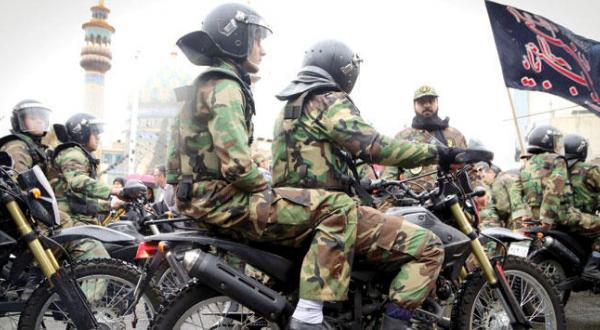New York- Regional tensions reached their prime in the Middle East. How will the nuclear deal affect Iranian foreign policy after the financial sanctions were lifted? Is Iranian leadership in Tehran expected to adopt more hostile stances in Iraq, Syria, Lebanon, and Yemen with all the money flowing in? Or will it controversially reflect Iranian inclination towards moderate stances?
Most importantly, how will it affect Iran’s proxies on the outside, especially Hezbollah in Lebanon and Iraqi militia like the Popular Mobilization Forces?
The financial sanctions lifting off of Iran came along with the release of $100 billion to the governmental treasury in Tehran. According to a recent study published by The Washington Institute for Near East Policy, Iran has around 1 billion U.S. dollars frozen in the U.S., an approximate $50 billion in countries like China, Japan, India, and South Korea. All Iranian assets are a total that doesn’t account for anything less than 60 thousand U.S. dollars, not to mention the accrued billion dollars oil companies owe the Iranian government.
The question poses itself, what will Iran do with this wealth? Experts link the answer to the conflict arising between the far-right conservative party supporting the Supreme Leader Ali Khamenei, the Iranian Revolutionary Guard Corps (IRGC) on one side, and the moderators or otherwise known by “reformers” supporting President Hassan Rouhani on the other.
Alex Vatanka, a Senior Fellow at the Middle East Institute, in an interview with Asharq Al-Awsat, spoke of a concession on the nuclear deal from both sides. However, when it comes to a matter of application and follow up, it becomes evident that Rouhani is inclined towards further complementarity with the U.S. alongside softening out the edges on regional tensions.
Vatanka clarified that Rouhani works on normalization of relationships because he has a full comprehension that any case of dissent might resume the sanctions again. However, Khamenei wants to move over the agreement and avoid complete approach with the U.S.
This rift between the reformists and Iranian conservatives will reflect on the course of elections of the upcoming Islamic Consultative Assembly, also called the Iranian Parliament, and the Assembly of Experts that is made of religious men who monitor the work of the Supreme leader and are responsible for electing a successor.
It is worth mentioning that tens of moderate candidates were eliminated from the elections set for Feb.26. Hassan Khomeini, 43 year-old and grandchild Former Supreme Leader of Iran Ruhollah Khomeini was also ruled out for being strongly affiliated with the “reformer” party.

